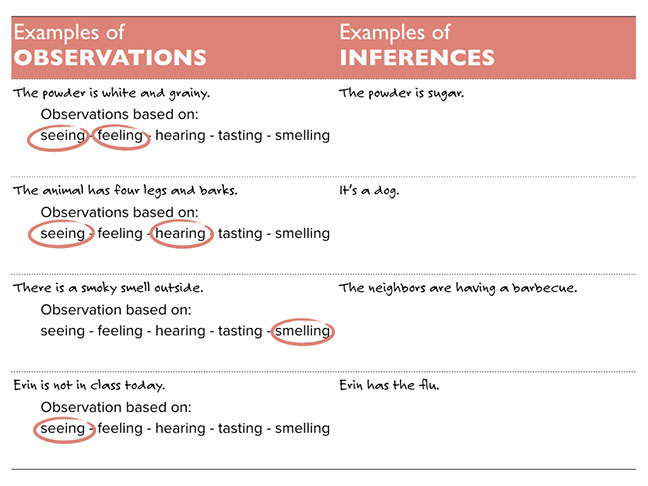

According to “ Video in Teacher Learning,” this type of observation can By removing anecdotal evidence, and instead presenting only what can be physically observed, we leave room for teachers to discover areas of growth on their own, or at least further down the road, after they’ve had time for necessary reflection.īesides giving teachers room for real reflection, there are many other benefits of observing deliberately, using only what can be physically observed. Outside pressure or even suggestion cannot force reflection. In her book “ No More Feedback ,” Carol Sanford explains that adequate reflection that drives growth and change is actually a capacity that people must develop within themselves.

You might wonder if teachers can really grow using only factual observation data. What we think we “observe” might actually be a conjecture made in a split second, based on past experiences. System 1 creates implicit biases that eventually turn into action and potentially impede student and teacher growth. Here’s a quick recap on slowing your automatic brain down. This second system considers any evidence present in a given situation. The first system relies on our feelings and is more intuitive, while the second system requires slow, conscious attention. Our goal, however, is to reduce the presence of quick judgments about teachers in classroom observations.Įach of us has two systems for thinking, housed inside our brains. Teachers make thousands of decisions per day, big and small, so it’s easy to see why fight or flight responses kick in. Teachers’ decisions are, of course, impacted by how much time they have to make them. The human brain is wired to formulate quick judgments as a survival mechanism (think pulling your hand away from a hot stove, or determining in a split second that an animal is a predator, and choosing to run). Where is the connection between these two seemingly unrelated sides of the same coin? “ Video in Teacher Learning: Through Their Own Eyes”, a book by Laura Baecher, helps us in our discovery of the answer to that question.

While drawing on past experiences and expertise when making observations can be extremely helpful in most situations, it is also useful to look only at strictly factual information within classroom observations to ensure no bias is sneaking in. Observers struggle to provide useful feedback to teachers that doesn’t contain a wealth of implicit bias.


 0 kommentar(er)
0 kommentar(er)
